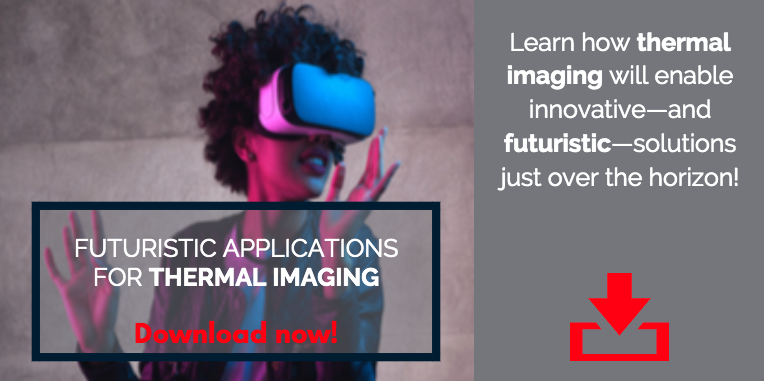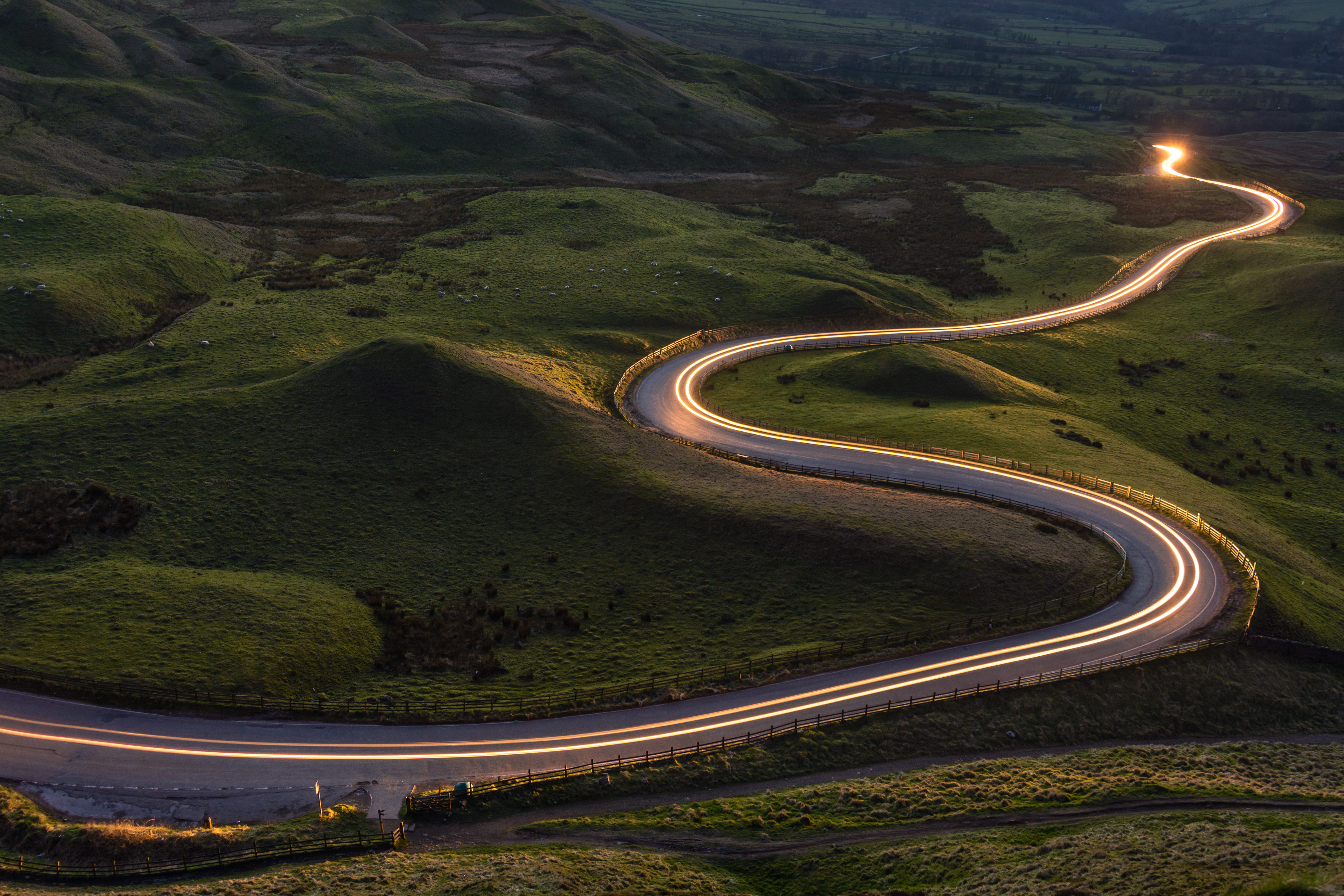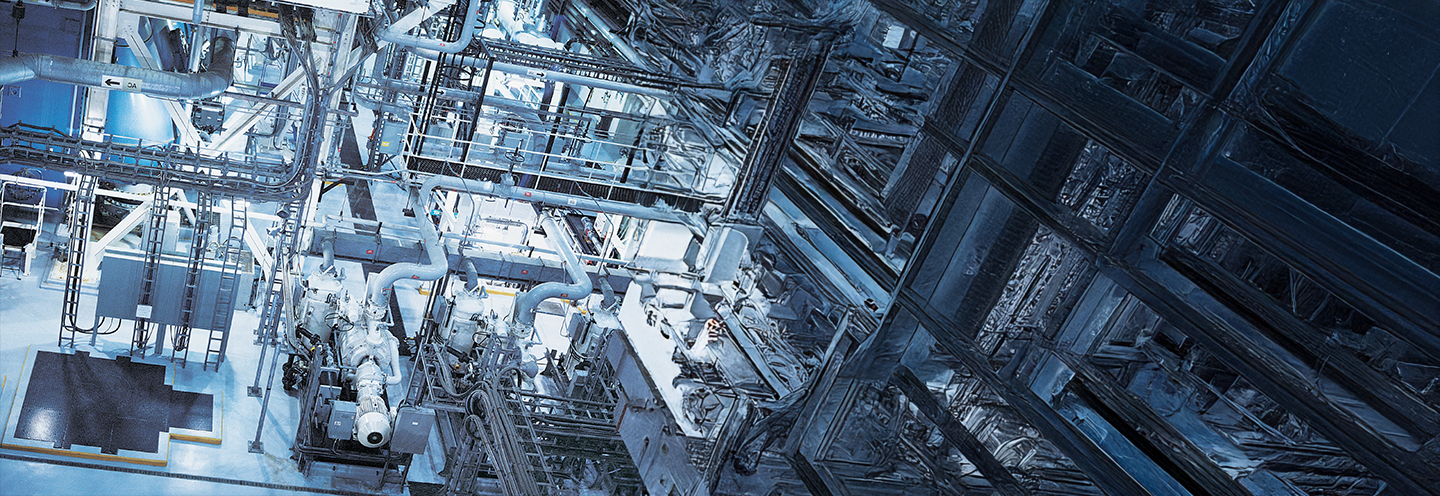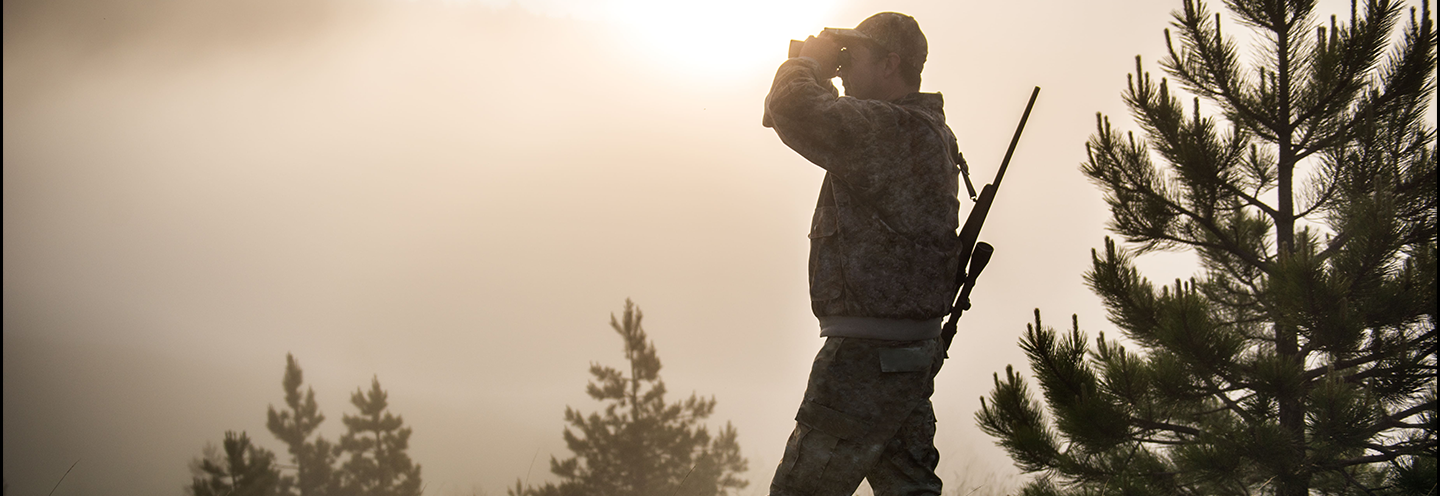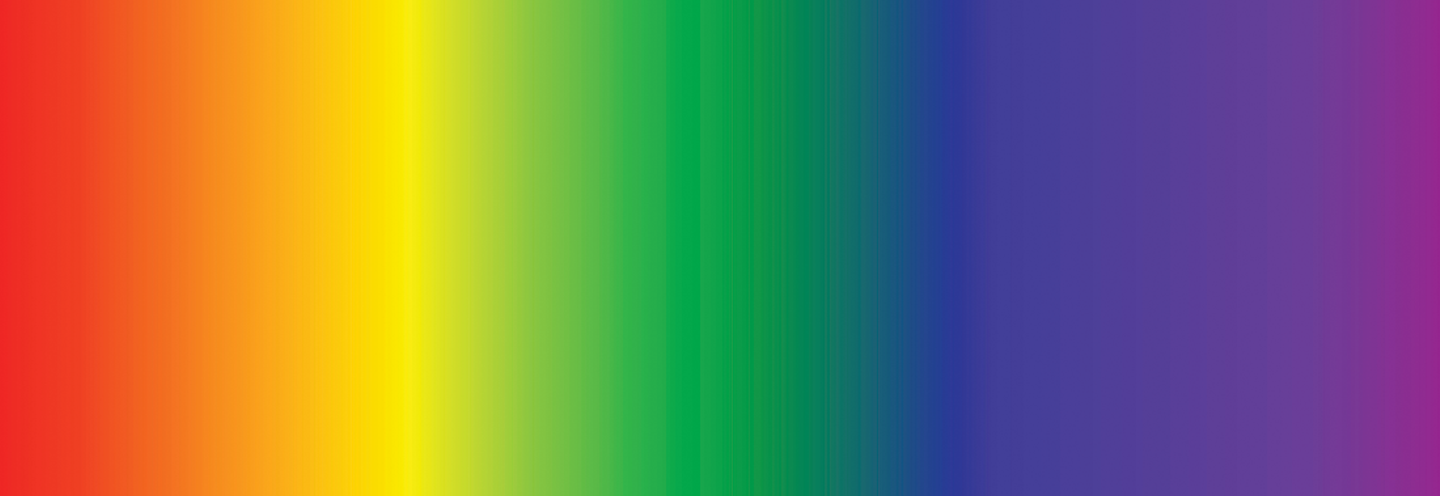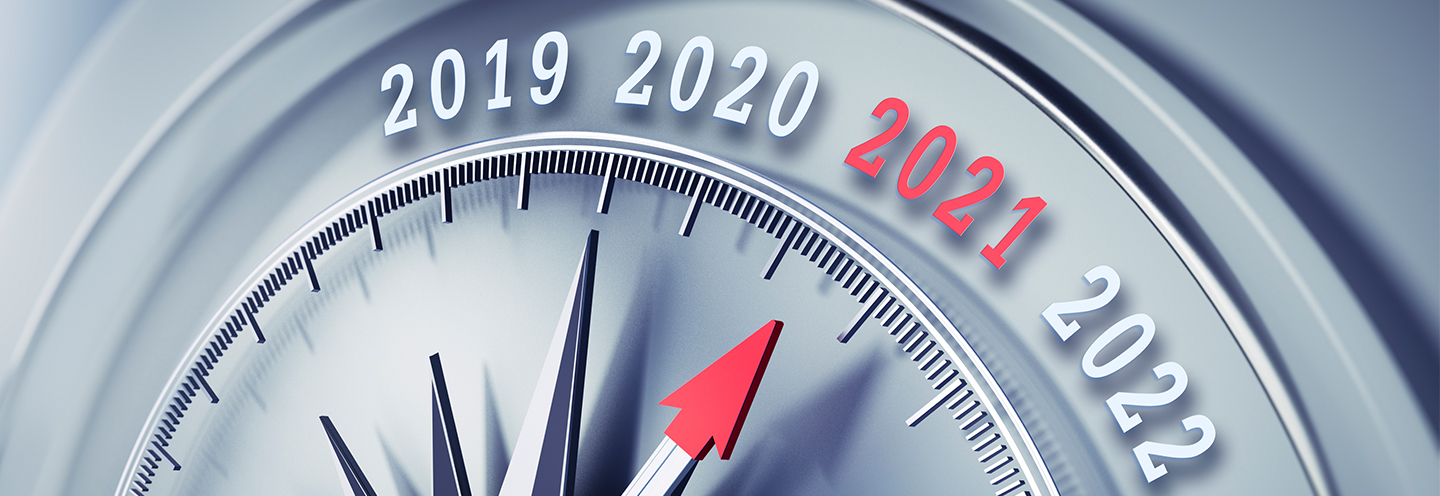Thermal imaging has long been reserved for highly-technical applications in areas like defense, security, and industry. Today, the use of thermal imaging is becoming more common for everyday applications. Its use in healthcare is also expanding, with some technologies consumers can even use themselves!
Here are a few examples of innovations leveraging thermal imaging that will improve our day-to-day lives.
Medical & Veterinary applications
- Early detection of breast cancer
In countries like France, infrared thermography is starting to be used as an alternative to X-rays in mammograms. One of the main criticisms of using mammograms to screen for breast cancer is exposure to dangerous X-rays.
Infrared thermography is painless and less invasive than mammography. It detects differences in temperature on the body’s surface. For breast cancer screening, the technique is called DITI (Digital Infrared Thermal Imaging).
An infrared thermal camera is used to generate a thermal image that shows “hot” areas. The doctor can compare the images of each breast. In the case of breast cancer, the blood vessels and inflammation around the tumor appear in red.
For the technique to be effective, certain precautions must be taken before the exam: not hot showers, shaving, deodorant, coffee, or alcohol. The exam room’s temperature must also be controlled (19 °C to 23 °C).
The technique is very effective. The results can be compared to the patient’s mammogram. According to some studies, DITI:
- Detects 90% of all cancers (mammograms detect 80%)
- Generates 10% false positives (lesions that turn out not to be cancerous), compared to 25% with X-ray imaging
Thermal imaging is helping to more effectively diagnose cancer and could be equally helpful in other areas!
- Preventive care for diabetics
Diabetic foot syndrome covers several foot pathologies, including infection. Temperature is a key indicator of diabetic foot pathologies. Thermal imaging is ideal for detecting the changes in temperature that can indicate foot problems in diabetic patients.
Using infrared technology to measure the temperature of the arch can detect the small differences in temperature that often indicate acute lesions. This is particularly useful in patients not displaying symptoms of inflammation, like heat, that would alert them to a problem.
Prevention is crucial to managing diabetes. Thermal imaging is an effective tool for the early diagnosis of tissue lesions so that the best care can be provided.

- Monitoring of patients with respiratory issues
A team of researchers in London developed software that uses thermal cameras attached to smartphones to monitor a person’s respiratory rate. This type of mobile thermal imaging can be used to monitor elderly patients who live alone, people with sleep apnea, or infants at risk for SIDS.
While conventional video cameras can be used to monitor breathing, they do not work well in low light and can raise privacy issues when used to monitor care in places like nursing homes. Thermal cameras offer the advantage of being able to detect breathing at night without identifying individuals.
Like in human medicine, thermal imaging is also very helpful—and increasingly used—in veterinary medicine. First and foremost, thermal imaging is non-invasive. Complicated exams that are not well-tolerated by some animals can be completed using thermal imaging. Animals are less stressed and more receptive, making thermal imaging ideal for monitoring pregnancies in wild animals in zoos, for instance.
Thermal imaging can also detect injuries or infections very early on. Tiny changes in temperature can be identified by comparing both sides of an animal, showing veterinarians where they need to do further investigating. For horse breeders, thermal imaging can detect signs of inflammation early on so that horses can be put on rest before they get hurt.
Thermal imaging can also be used to monitor healing. Once again, veterinarians can compare thermal images of each side of the animal; when the images are symmetrical, the animal is better!
Lastly, thermal imaging is less expensive than other tests. The equipment used is simple and is becoming more and more affordable.
- Health monitoring in public places
Thermal imaging can be a very effective tool for monitoring health in public places like airports. If the risk of an epidemic is identified, people entering the area must be screened to see if they are potentially carrying the disease. During crises like Ebola and bird flu outbreaks, thermal cameras can provide constant, real-time monitoring of lines and crowds and detect changes in temperature (fever) that could indicate carriers of disease—all without touching travelers.
Others applications
- Nighttime driving assistance
Driving at night or in bad weather can be dangerous—and frightening—especially in rural areas where roads are often unlit. Auto manufacturers are currently developing vehicles with integrated nighttime driving assistance systems leveraging thermal cameras.
Thermal cameras offer the advantage of being able to “see” at night, in heavy rain, in fog, and in snow, generating a clear thermal video signal. When visibility is poor, drivers get a safer, more comfortable driving experience!
- Thermal vision for mobile phones
Mobile phones with integrated thermal cameras are becoming more common. The cameras can be used for a variety of purposes, including monitoring the breathing of at-risk individuals, nighttime photography, and detecting human presence when out at night.
The key take-away here is that thermal imaging is becoming increasingly widespread and new uses for the technology are constantly emerging.
Thermal imaging devices are getting smaller and less expensive—helping them make their way into many of the tools we use every day. Thermal imaging is a non-invasive and unobtrusive technique that is also very accurate. And, major advances and improvements are yet to come, especially in fields like health and medical monitoring.
If you would like to learn more about innovations leveraging thermal imaging, download our infographic to see some of the futuristic applications for thermal imaging that are just over the horizon.
